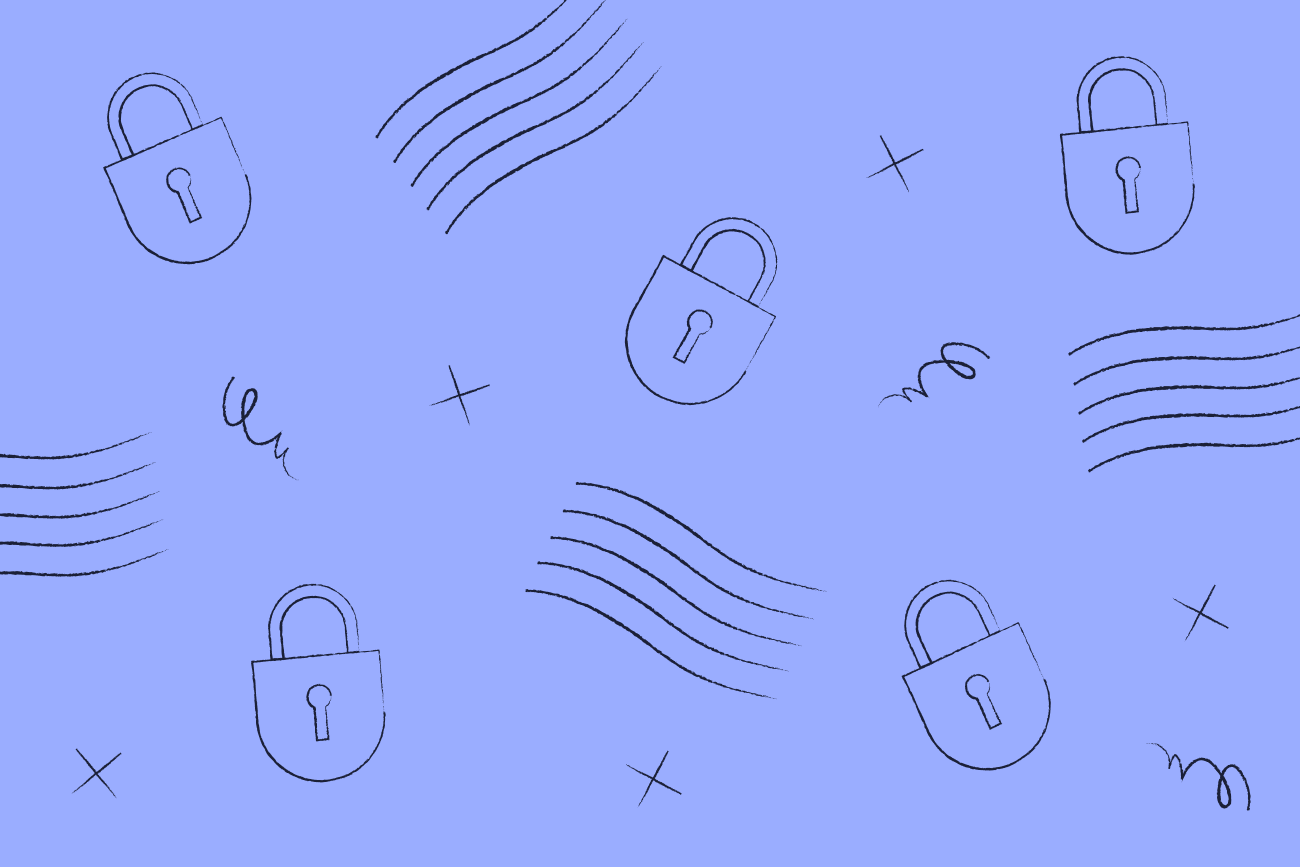Amping up security: Ensuring your technology tools are secure
7 November 2023

In a world that's going digital at an ever-accelerating pace, safeguarding your organization's data is of utmost importance. With an increasing number of cyber attacks and data breaches, it's more important than ever to have a strong security system in place.
This includes choosing technology tools that prioritize security features and staying up-to-date with the latest security measures. Here are some tips to help you amp up the security of your technology tools.
Why is data security important?
Data security involves protecting digital data from unauthorized access, corruption, or theft. In today's interconnected world, organizations heavily rely on technology to manage sensitive information such as customer data, financial records, and intellectual property.
Any breach in data security can have serious consequences, including financial losses, damage to reputation, and legal implications. Therefore, it's crucial to prioritize data security and the safety of your technology tools.
Choosing secure technology tools
Technology is constantly evolving, and with it, so are cyber threats. When choosing technology tools for your organization, select ones that come with built-in security features.
These could include encryption capabilities, secure login methods, and regular software updates. Additionally, research the reputation of the vendor and their track record for security breaches.
Firewalls
Firewalls act as robust barriers that separate trusted and untrusted networks, safeguarding valuable data. By controlling the flow of network packets based on well-defined rules, firewalls shield your trusted network from potential threats and malicious infiltrations.
Incorporating firewalls into your security infrastructure is a proactive measure that fortifies defenses and enhances the overall integrity of your network.
Data encryption
Data encryption forms the foundation of cloud security. By employing encryption, an additional layer of defense bolsters security, enhancing the level of protection.
Even in the event of a system breach, encrypted data remains impervious without the corresponding key, ensuring the preservation of integrity and confidentiality. It's highly recommended to use advanced encryption algorithms and standard protocols, such as AES-256, to guarantee robust data protection.
Data masking
Data masking creates a database replica to mirror the original's structure. It replaces sensitive information with fictional yet realistic data, ensuring privacy and security during the sharing of databases.
Implementing this additional layer of protection prevents unauthorized access and potential misuse of confidential information. This not only enhances security, but also instills trust and peace of mind in data-driven processes.
Data backup
Data backup is crucial process that creates duplicate copies of your computer's files. These copies serve as a safety net in case of a system crash or hardware failure, ensuring that your valuable data remains intact and recoverable.
By regularly performing backups, you safeguard critical company files from being lost or accidentally deleted. It's important to store backups in a secure, off-site location to protect against physical threats such as natural disasters or theft.
The top security technology trends of 2023
The world of security technology is continually evolving, bringing newer and sophisticated methods for data protection. Here are some trends that businesses are gravitating towards.
Biometric authentication
Biometric authentication involves using a person's unique physical characteristics, such as fingerprints or iris patterns, to verify their identity.
This method provides stronger security than traditional passwords and is becoming increasingly popular in the business world.
Artificial intelligence (AI) and machine learning
AI algorithms leverage advanced pattern analysis techniques to examine user behavior, identifying any anomalies that may indicate a potential breach.
In parallel, machine learning methodologies automate and streamline threat detection processes. This results in a defense mechanism that is not only quicker, but also highly effective in safeguarding against emerging threats.
Blockchain technology
Blockchain technology provides secure, decentralized storage of data, making it nearly impossible for hackers to tamper with information.
This technology is being explored in various industries, including finance and healthcare, and has the potential to revolutionize data security.
Cloud security
Cloud security encompasses safeguarding data stored online from theft, leaks, and deletion. As organizations increasingly migrate workloads to the cloud, it becomes imperative to embrace robust cloud security measures. This entails encrypting data and implementing firewalls and other protective layers to detect and prevent intrusions.
Multi-factor Authentication (MFA)
Multifactor authentication (MFA) strengthens user identity verification by prompting for multiple forms of confirmation during a single login attempt. These factors encompass something the user knows, like their password, and something they possess, such as an email or text code. By implementing MFA, the probability of successful cyberattacks can be significantly reduced.
Keeping your emails safe and secure
As email is one of the most common modes of business communication, it's often an attractive target for cybercriminals. Features like email encryption, autoresponders, and archiving capabilities are vital in protecting your emails from unauthorized access. Additionally, educating employees on email security best practices, such as not clicking on suspicious links or attachments, further enhances the safety of your organization's emails.
Also, don't underestimate the importance of using professional email signatures. By utilizing a reliable email signature management solution such as Exclaimer, businesses can ensure consistent branding, enhance marketing campaigns, drive customer success, and maintain compliance with data protection regulations.
Conclusion
In today's technology-driven business landscape, it's imperative to prioritize a robust cybersecurity posture. By proactively addressing cybersecurity concerns and adopting the necessary measures, organizations can stay one step ahead and safeguard their digital assets.
This strategy should include measures such as firewall protection and secure email signature solutions like Exclaimer. By doing so, businesses can effectively safeguard their valuable information and mitigate potential risks.
Try Exclaimer for free by getting a free trial or signing up for an online demo.


